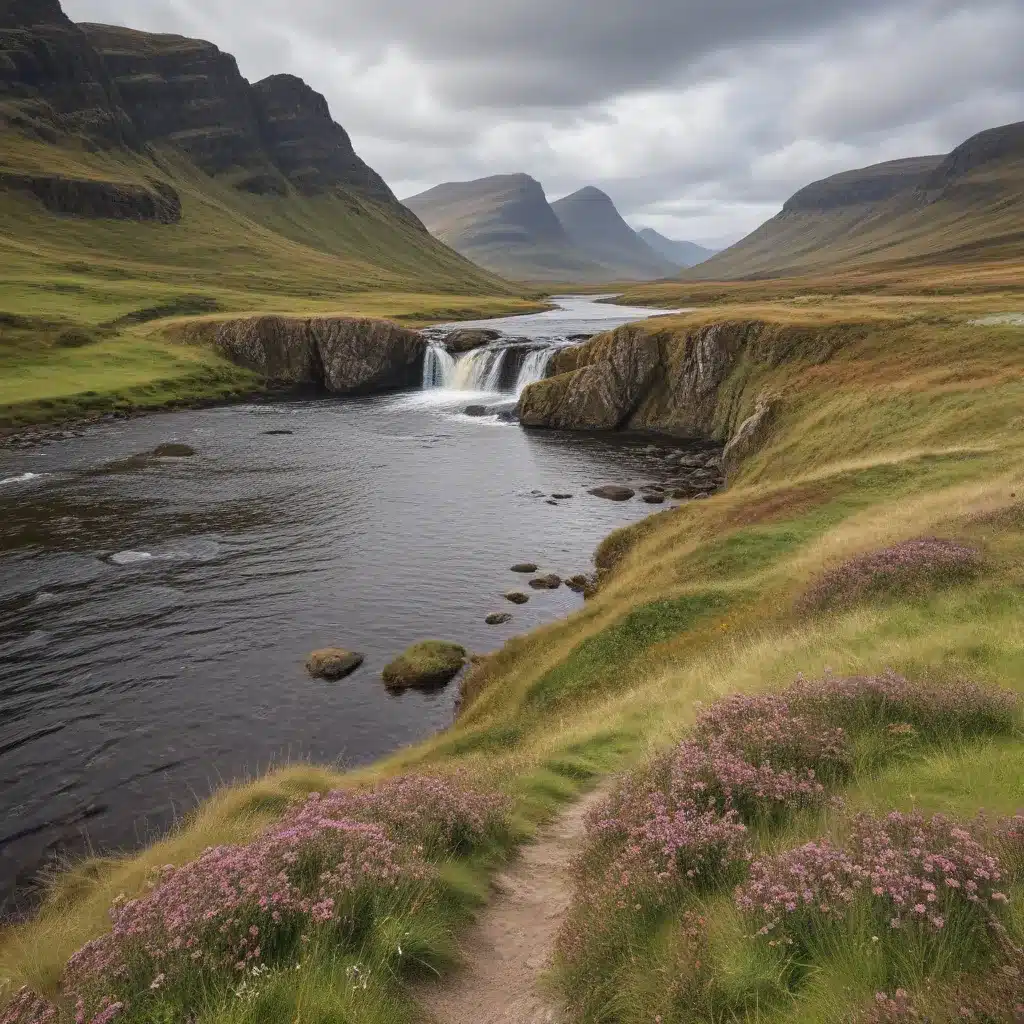
Uncovering the Secrets of Scotland’s Enigmatic Highlands
I’m standing in the middle of a winding road in the Scottish Highlands, watching as another car barrels towards me. My heart is pounding, palms sweating, as I frantically search for a place to pull over on the nonexistent shoulder. This is not my first rodeo on these single-track roads – I’ve been navigating them with white-knuckle terror for the past hour. But just when I’m convinced I’m about to be sent careening into the depths of Loch Ness, the other car smoothly veers around me, the driver offering a friendly wave as they pass.
It’s a humbling reminder that the Highlands, while ruggedly beautiful, can also be a challenging environment for the unprepared visitor. As I continue my journey, I can’t help but wonder – how can we, as travelers, experience the majesty of this region without causing undue harm to its delicate ecosystems? The answer, it seems, lies in finding a balance between our desire for adventure and our responsibility to protect the land.
The Toll of Tourism in the Scottish Highlands
My own trepidation on the roads is just the tip of the iceberg when it comes to the environmental impact of tourism in the Highlands. According to a recent blog post, the once-tranquil Isle of Skye has become a victim of its own popularity, with car parks overflowing and vegetation being trampled into muddy ruts.
The situation at the Fairy Pools in Glen Brittle is perhaps even more dire. The New Yorker reports that the banks of the river leading to the pools have been denuded of vegetation due to the crush of over 200,000 annual visitors. Attempts have been made to control the erosion, but the resulting path is an “eyesore” made of “ugly grey hardcore” rather than locally sourced stone.
It’s a heartbreaking reality – the very natural wonders that draw tourists to the Highlands are being irrevocably damaged by their presence. As one blogger laments, “the contrast between the beauty of that first visit and the ‘theme park’ feel that greeted me this time was a shock.”
Finding a Sustainable Balance
The challenge, then, is to find a way for visitors to experience the stunning landscapes of the Scottish Highlands without destroying them in the process. It’s a delicate balance, to be sure, but one that is essential if we want to preserve the region’s natural beauty for generations to come.
One potential solution lies in encouraging visitation during the “off-season” – the months between October and March, when crowds are smaller and the impact on the land can be more easily managed. As the blog post notes, even in these quieter months, the Fairy Pools and other popular sites are beginning to show the strain of increased traffic.
Another approach could be to invest in more sustainable infrastructure, like the new car park at the Fairy Pools that can accommodate up to 135 vehicles. While the construction of this facility has left its own visible mark on the landscape, it’s a necessary step to manage the influx of visitors and prevent further damage to the surrounding environment.
Ultimately, the key is to strike a careful balance between providing access to these natural wonders and preserving their delicate ecosystems. It’s a challenge that will require the cooperation of local authorities, tourism operators, and visitors alike – but one that is essential if we want to ensure that the beauty of the Scottish Highlands remains unspoiled for generations to come.
Embracing a Sustainable Mindset
Of course, the responsibility for protecting the Highlands doesn’t fall solely on the shoulders of visitors. As a campsite operator in this region, Loch Ness Shores understands the importance of promoting sustainable tourism practices and instilling a conservation-minded ethos in our guests.
From encouraging low-impact activities like hiking and birdwatching to providing educational resources on the local ecosystem, we strive to foster a deep appreciation for the natural world among our visitors. By helping them understand the fragility of the Highlands’ landscapes and the impact of their actions, we hope to inspire a sense of stewardship that extends far beyond the boundaries of our campsite.
Ultimately, the protection of the Scottish Highlands is a shared responsibility. It’s up to all of us – visitors, locals, and businesses alike – to embrace a sustainable mindset and commit to preserving the region’s natural beauty for generations to come. Only then can we truly experience the majesty of this extraordinary place without harming the very essence that draws us here.
Conclusion: A Call to Action
As I prepare to depart the Highlands, I can’t help but feel a sense of awe and reverence for the land that has surrounded me these past few days. The rugged peaks, the shimmering lochs, the verdant glens – it’s a landscape that seems to both challenge and soothe the soul.
But along with that sense of wonder comes a deep responsibility. We, as visitors, must be vigilant in our efforts to protect this fragile ecosystem, lest we lose it to the ravages of unchecked tourism. It’s a daunting task, to be sure, but one that is essential if we want to ensure that the beauty of the Scottish Highlands remains unspoiled for generations to come.
So let us all heed the call to action, and commit ourselves to sustainable travel practices that prioritize the health of the land above all else. Only then can we truly say that we have experienced the majesty of Scotland’s Highlands without harming the very essence that makes it so extraordinary.

